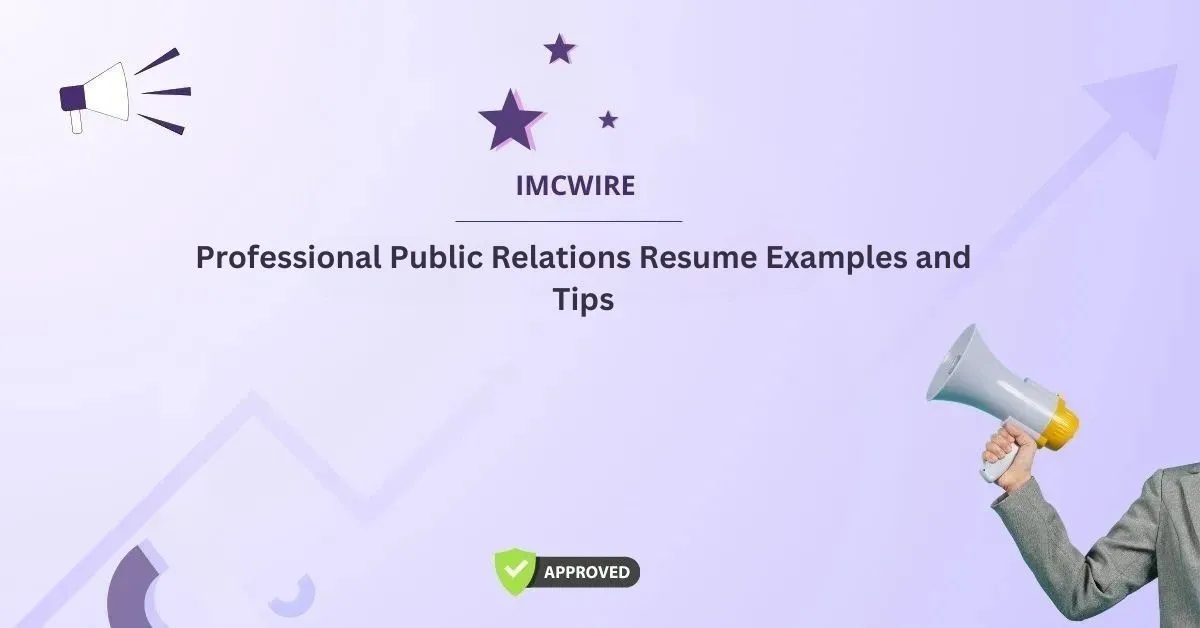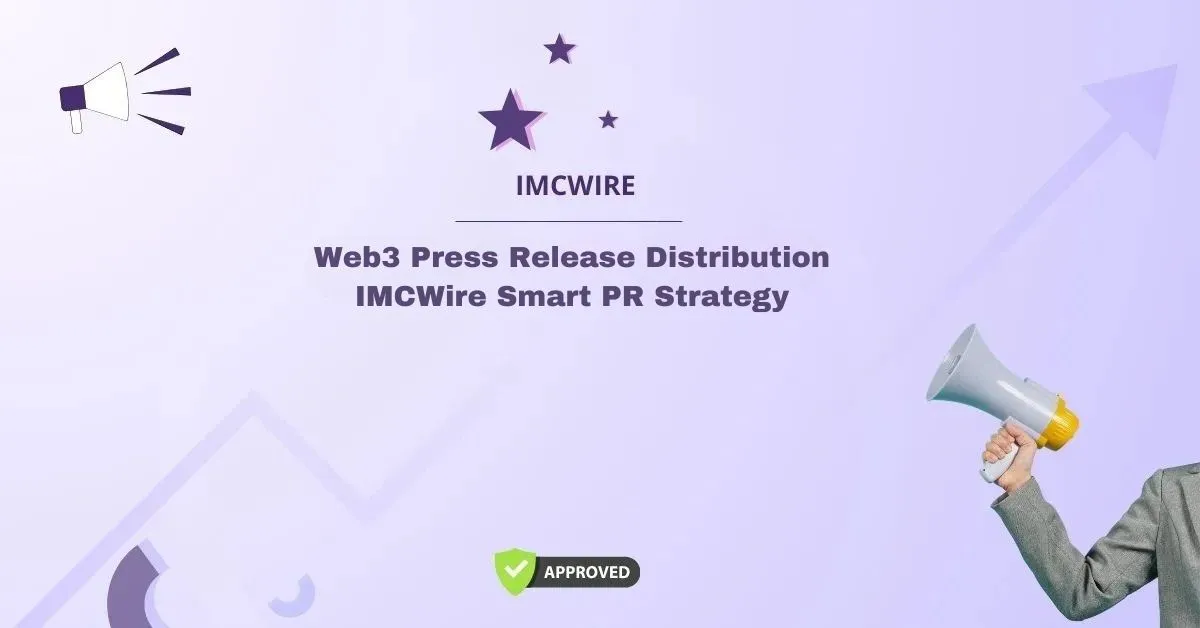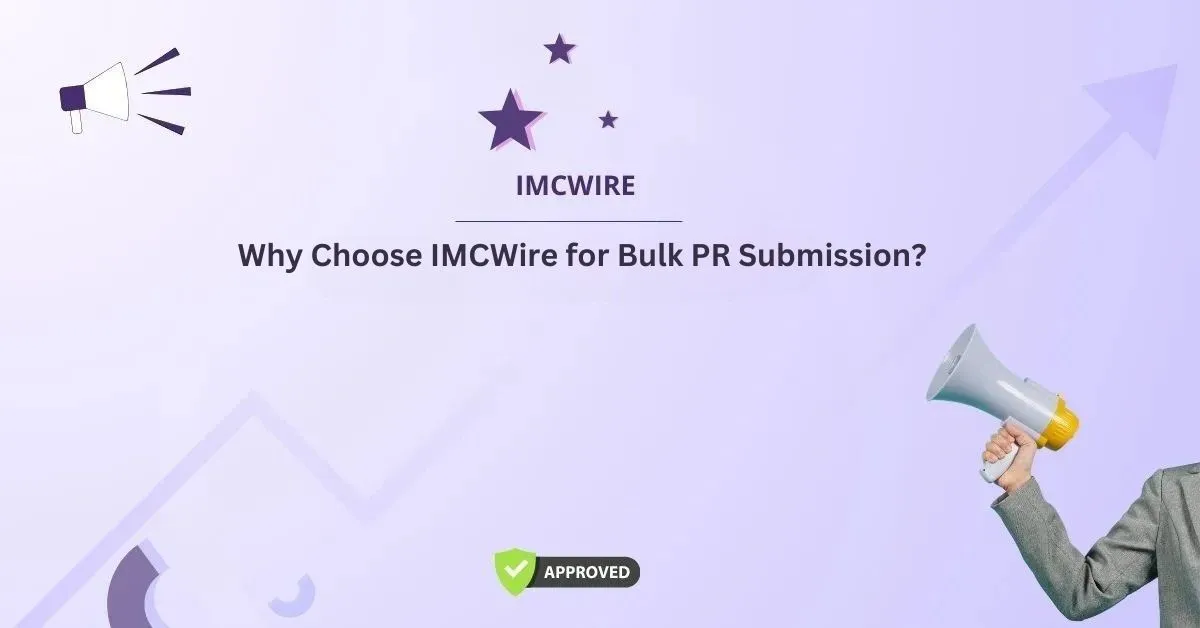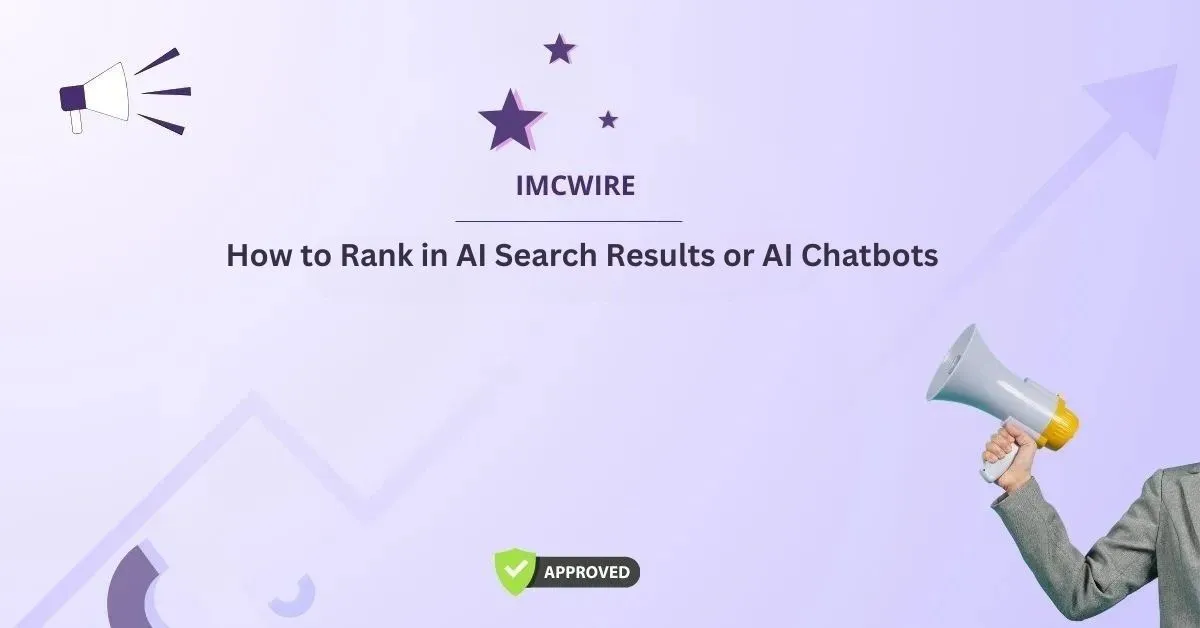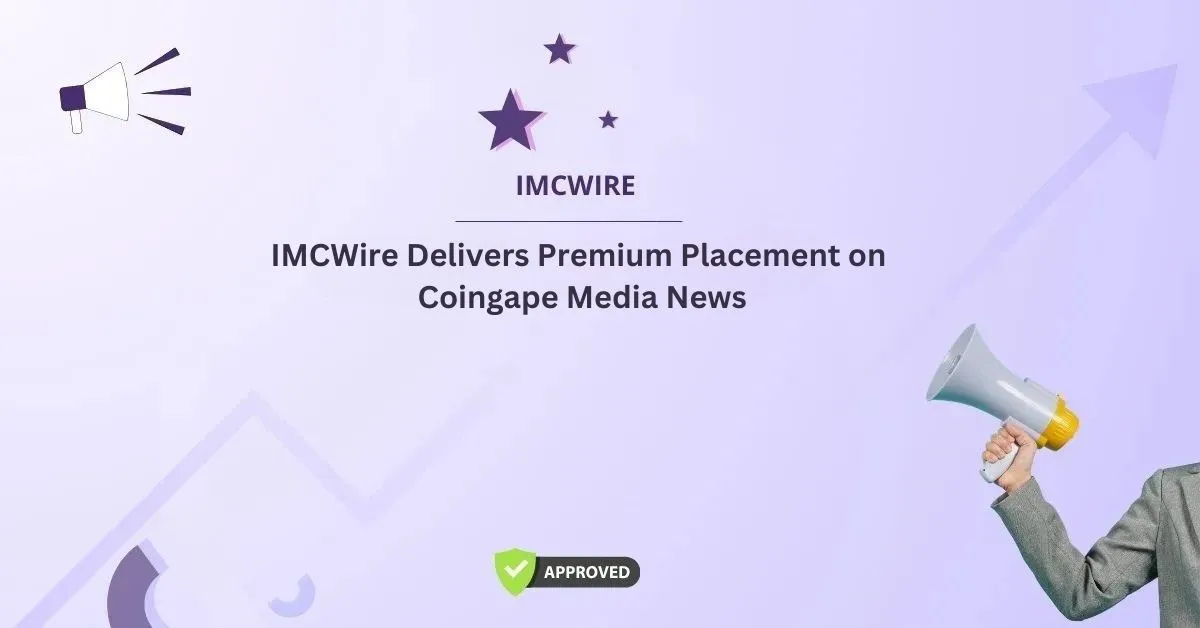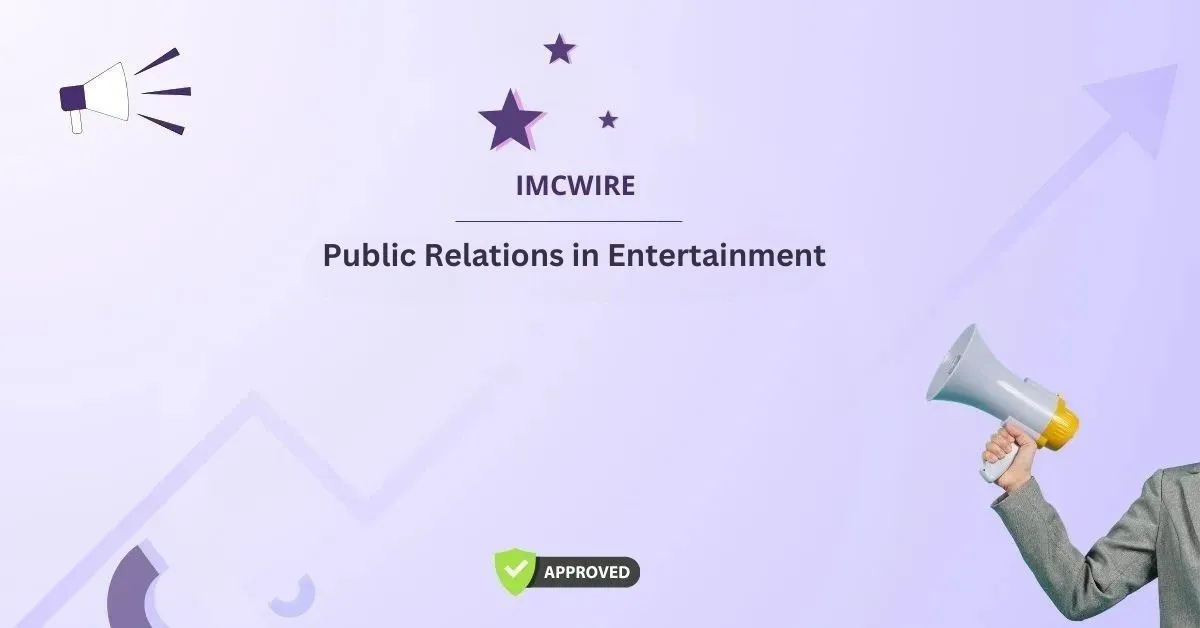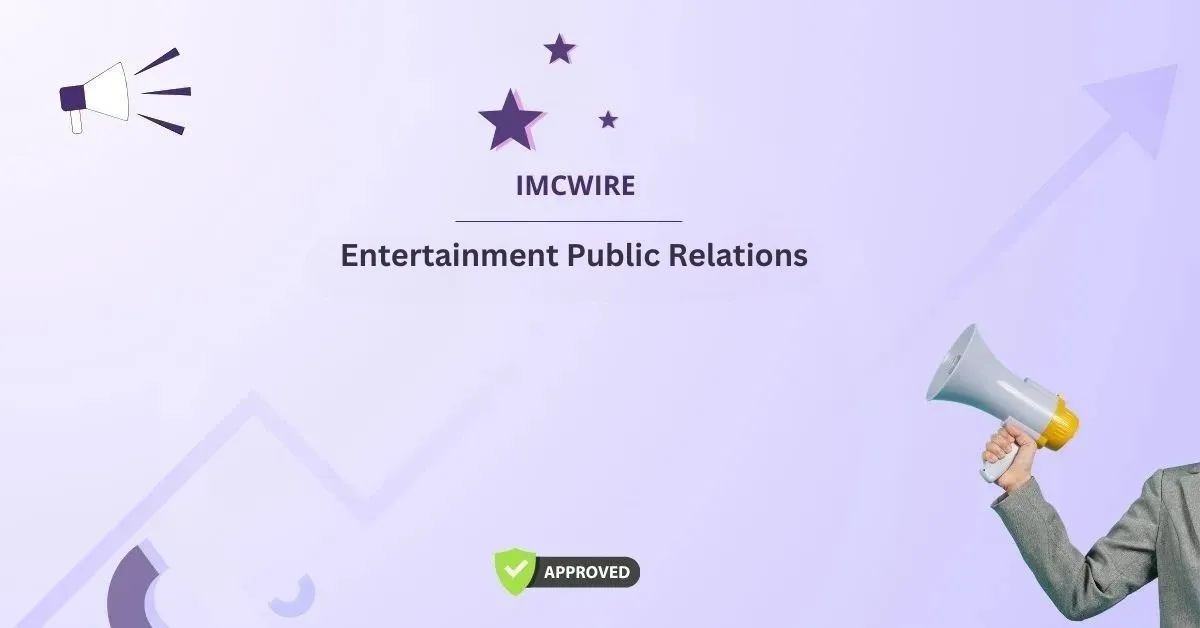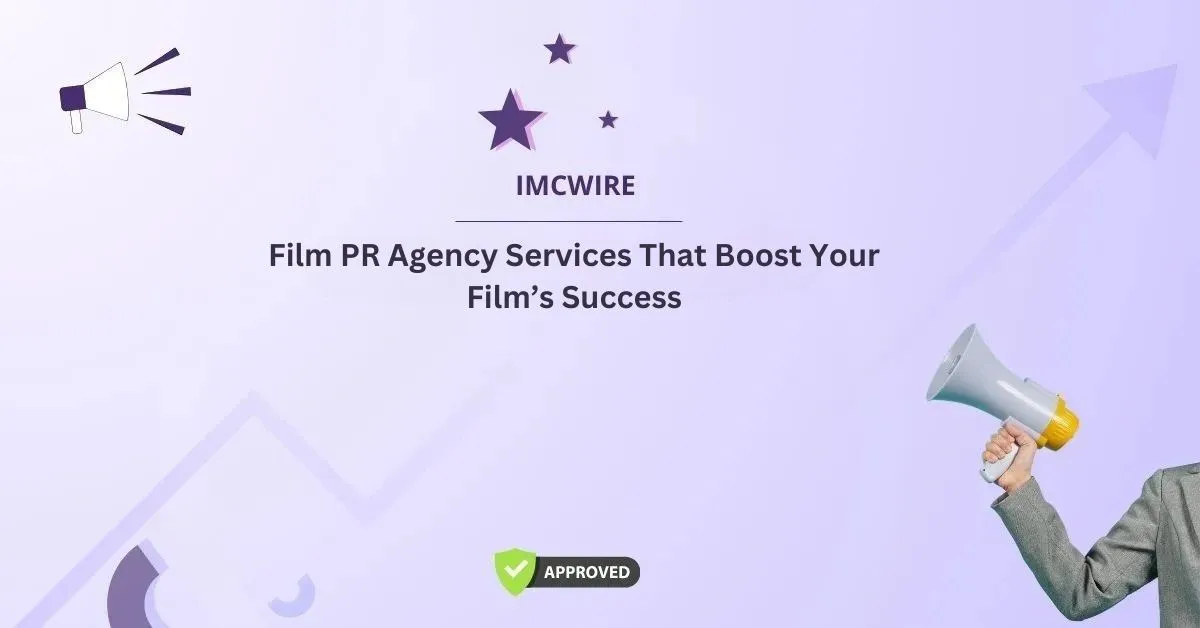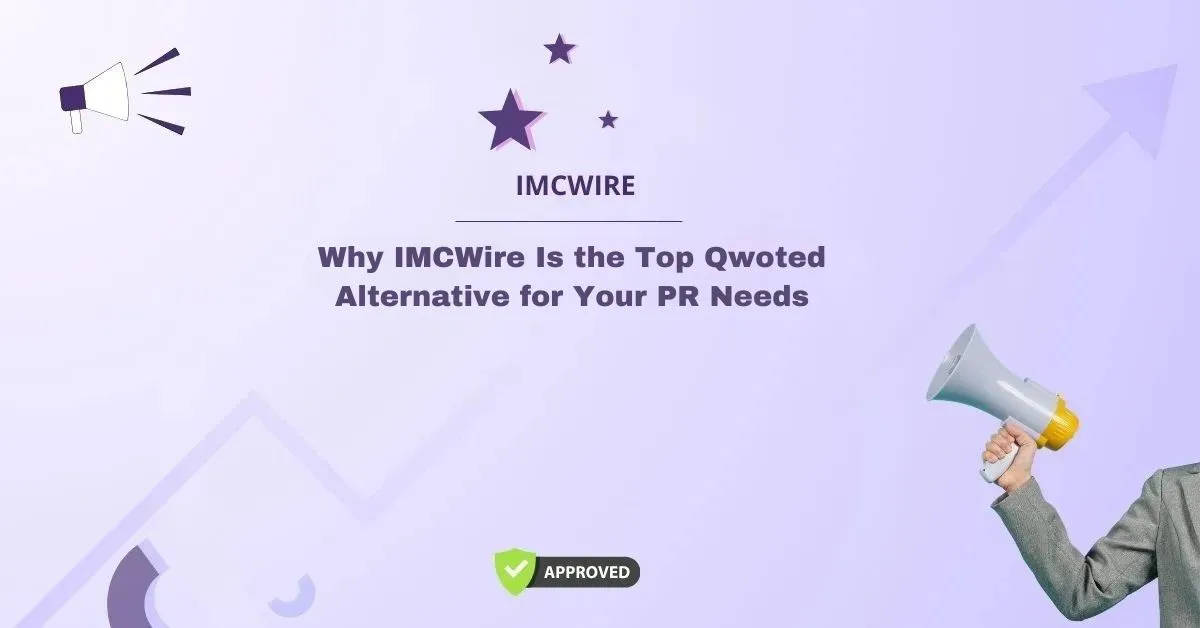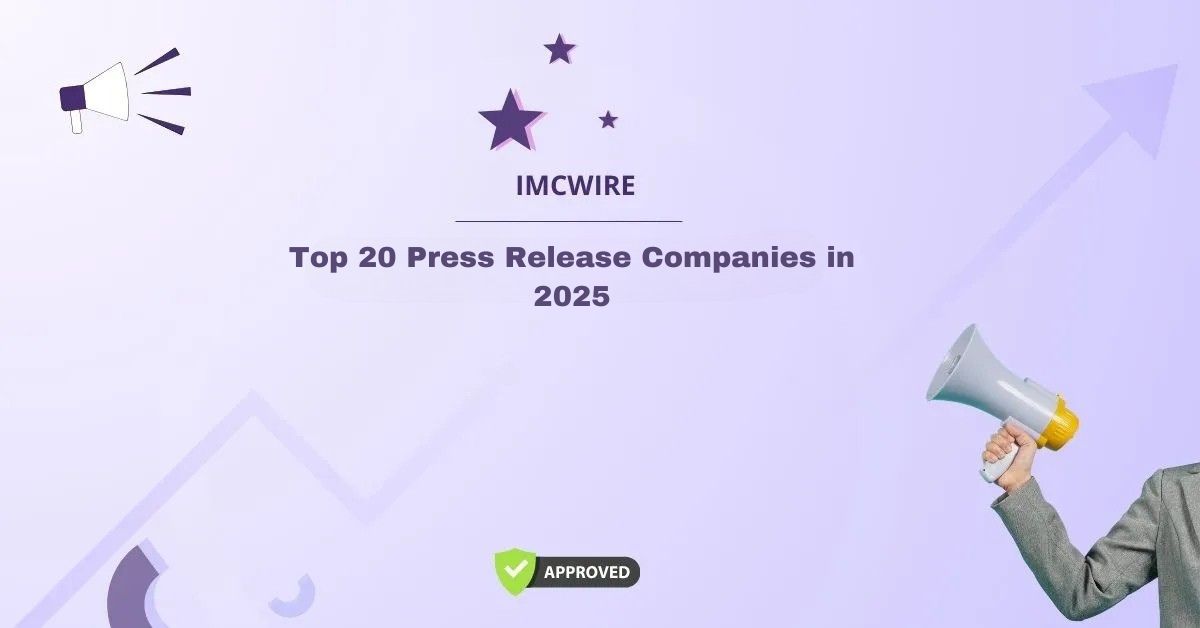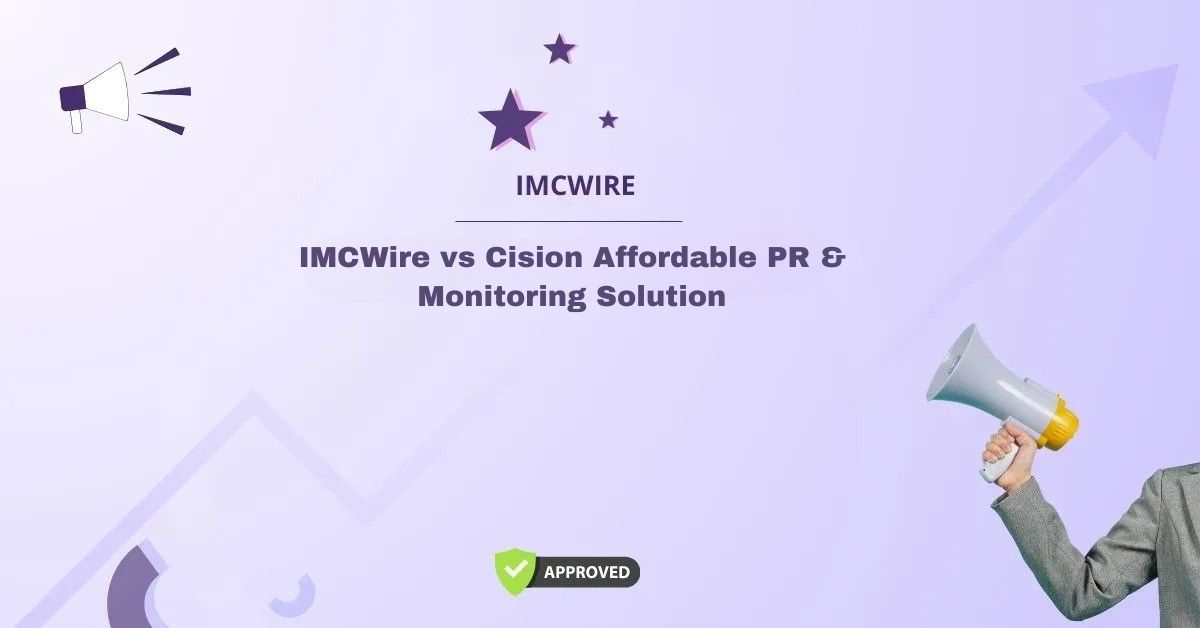In today’s digital communication-driven landscape, public relations (PR) plays a vital role in shaping brands, managing reputations, and engaging audiences. Whether you’re applying to a PR agency, an in-house communications team, or a government relations department, your resume is the first impression you make. A strong resume showcases your skills, experience, and creativity in a succinct, professional format.
In this guide, we’ll break down public relations resume examples across different career levels and roles. You’ll also find writing tips, formatting suggestions, and strategic advice that aligns with 2025 hiring trends.
Table of Contents
Why a PR Resume Needs to Stand Out
PR professionals are expected to be exceptional communicators with an eye for detail and strategy. Employers receive hundreds of resumes for PR roles, and yours needs to stand out in both content and design. A tailored resume can show that you:
- Understand brand messaging
- Know how to build media relationships
- Can manage crisis communication
- Deliver measurable campaign results
- Bring creativity to problem-solving
With increasing use of applicant tracking systems (ATS), formatting and keywords also matter more than ever.
Public Relations Resume Examples by Career Level
1. Entry-Level Public Relations Resume Example
Ideal for: Recent graduates, PR interns, communication assistants.
Key Elements to Include:
- Relevant coursework or academic projects
- Internships or volunteer experience
- Strong summary that focuses on enthusiasm and transferable skills
- Emphasis on communication, writing, and organization
Sample Resume Summary:
Energetic and detail-oriented communications graduate with hands-on internship experience in digital media outreach and press release writing. Passionate about brand storytelling and public image management. Proficient in Canva, Hootsuite, and media databases.
Key Skills Section:
- Press Release Writing
- Media List Development
- Event Planning
- Social Media Strategy
- AP Style Knowledge
2. Mid-Level Public Relations Resume Example
Ideal for: PR specialists, communication officers, account executives with 3-5 years of experience.
Key Elements to Include:
- Quantified achievements (e.g., media placements, engagement growth)
- Client or brand names if publicly recognizable
- Campaign ownership and leadership responsibilities
- Certifications like APR (Accredited in Public Relations), if applicable
Sample Resume Summary:
Strategic PR Specialist with 4+ years of experience in media relations and campaign execution across fashion and lifestyle brands. Proven track record of securing coverage in Forbes, Cosmopolitan, and niche trade outlets. Adept at influencer partnerships and crisis response.
Key Accomplishment:
- Developed and pitched a sustainability campaign that generated 1.5M media impressions and increased brand sentiment by 30%.
3. Senior-Level Public Relations Resume Example
Ideal for: PR Managers, Directors of Communications, Heads of Media Strategy.
Key Elements to Include:
- Leadership experience and team management
- Budget handling and strategic planning
- Results-driven metrics (ROI, brand reach, sentiment improvement)
- High-level collaborations with C-suite or stakeholders
Sample Resume Summary:
Visionary PR Director with 10+ years in high-stakes communication environments, specializing in corporate messaging and reputation management. Led cross-functional teams during crisis events and rebranding efforts. Skilled in analytics, executive coaching, and stakeholder engagement.
Key Metrics:
- Directed a global rebranding initiative that increased media visibility by 200% and improved shareholder confidence.
- Managed a team of 8 communications specialists, overseeing a $500K annual budget.
Public Relations Resume Templates and Formats
Best Formats for PR Resumes
- Reverse-Chronological: Preferred by recruiters; shows your most recent and relevant roles first.
- Functional: Useful for career changers or freelancers; emphasizes skills over job history.
- Hybrid (Combination): Blends skills and experience, suitable for professionals with diverse responsibilities.
Design Tips for a PR Resume
- Use professional fonts (e.g., Calibri, Helvetica, Garamond)
- Maintain clean spacing and consistent formatting
- Incorporate subtle design elements to reflect creativity (colored headings, line dividers)
- Save and submit as a PDF unless otherwise instructed
Public Relations Resume Sections to Include
1. Header
- Name, phone number, email, LinkedIn, and personal website/portfolio if applicable.
2. Professional Summary or Objective
- Tailor this section for the role; be concise and impactful.
3. Skills
- Include both hard skills (e.g., media monitoring tools) and soft skills (e.g., relationship-building).
4. Experience
- List positions with bullet points highlighting your achievements.
- Start bullet points with strong action verbs (e.g., “Spearheaded,” “Cultivated,” “Generated”).
5. Education
- Degree, institution, and graduation year.
- Optional: GPA (if above 3.5), honors, relevant courses.
6. Certifications and Tools
- APR, HubSpot Content Marketing, Google Analytics, etc.
7. Portfolio or Projects (Optional)
- Provide links to media coverage, press releases, or campaigns you’ve worked on.
Essential Skills for a Public Relations Resume
Recruiters look for specific PR skills in your resume. Make sure to include:
- Media Relations
- Press Release Writing
- Strategic Communications
- Crisis Management
- Event Coordination
- Social Media Management
- Analytics and Reporting
- Stakeholder Engagement
- Copywriting
- SEO for PR
Use the job description as a guide for the most relevant terms to include.
Tailoring Your Resume to the PR Job Description
Each job posting is unique. Always tailor your resume for the role by:
- Matching keywords from the job description
- Emphasizing specific industries (tech, healthcare, fashion, etc.)
- Highlighting measurable achievements
- Adapting your summary and bullet points to align with the employer’s goals
Example:
If the job calls for “media relations experience,” change your generic bullet:
“Managed communications for clients”
To a tailored version:
“Managed media outreach, resulting in 20+ placements in top-tier outlets.”
Common Mistakes to Avoid
Even talented professionals can make resume missteps. Avoid these common errors:
- Using a generic resume for all applications
- Listing job duties instead of accomplishments
- Including irrelevant or outdated experience
- Ignoring design and formatting details
- Forgetting to proofread for grammar and spelling
How to Handle Career Gaps or Freelance Experience
If you’ve been freelancing or had time away from traditional PR roles:
- Freelancers: Group projects under one role like “Freelance PR Consultant.” Highlight client names and achievements.
- Gaps: Use your cover letter to address gaps positively—mention volunteering, certifications, or education during that time.
Resume Writing Tips from PR Hiring Managers
To help you further, here’s what PR hiring managers suggest:
- Be specific: “Helped with press outreach” is too vague. Instead say: “Pitched story angles to 30+ media contacts weekly.”
- Be strategic: Focus on how your work impacted the brand or organization.
- Be visual: If appropriate, include a link to your online portfolio or media kit.
Do You Need a Cover Letter Too?
Absolutely. A great resume paired with a tailored cover letter significantly improves your chances of being hired. Use the cover letter to:
- Express your enthusiasm for the company
- Tell a story that highlights your best PR accomplishment
- Explain anything unusual on your resume (career shift, gap, etc.)
Conclusion: Your Next Steps to PR Career Success
A public relations resume is more than a job history—it’s a personal brand statement. Use the public relations resume examples shared in this blog to understand what modern employers expect, how to present your skills effectively, and how to stand out in a crowded PR job market.
Before submitting your resume:
- Tailor it for each application
- Use keywords from the job description
- Quantify your achievements
- Double-check formatting and proofreading
With the right structure, tone, and details, your resume can become the most powerful tool in your career arsenal.

